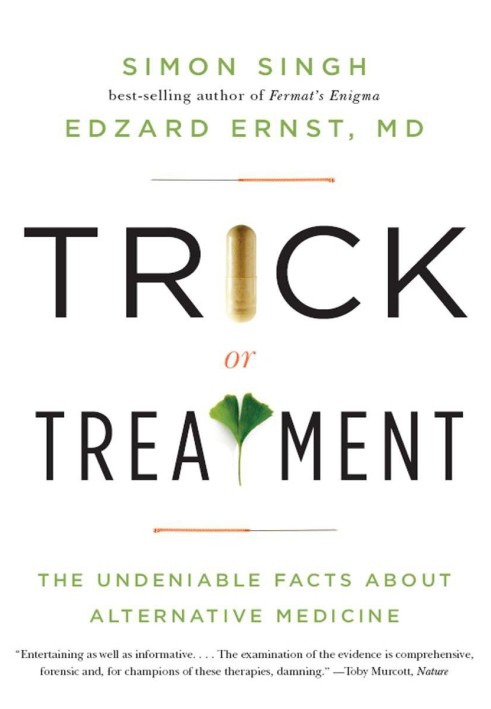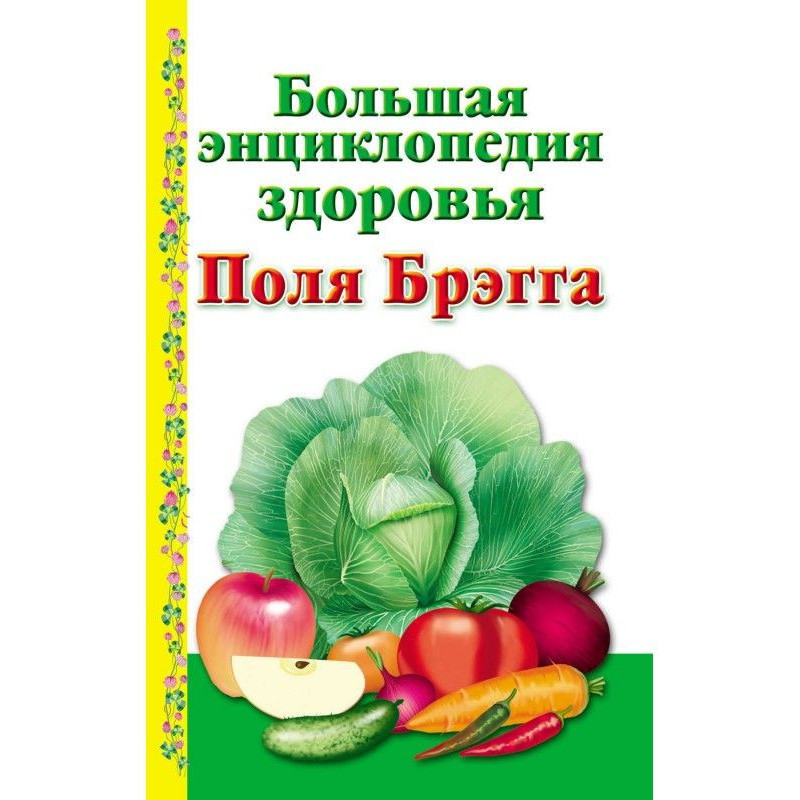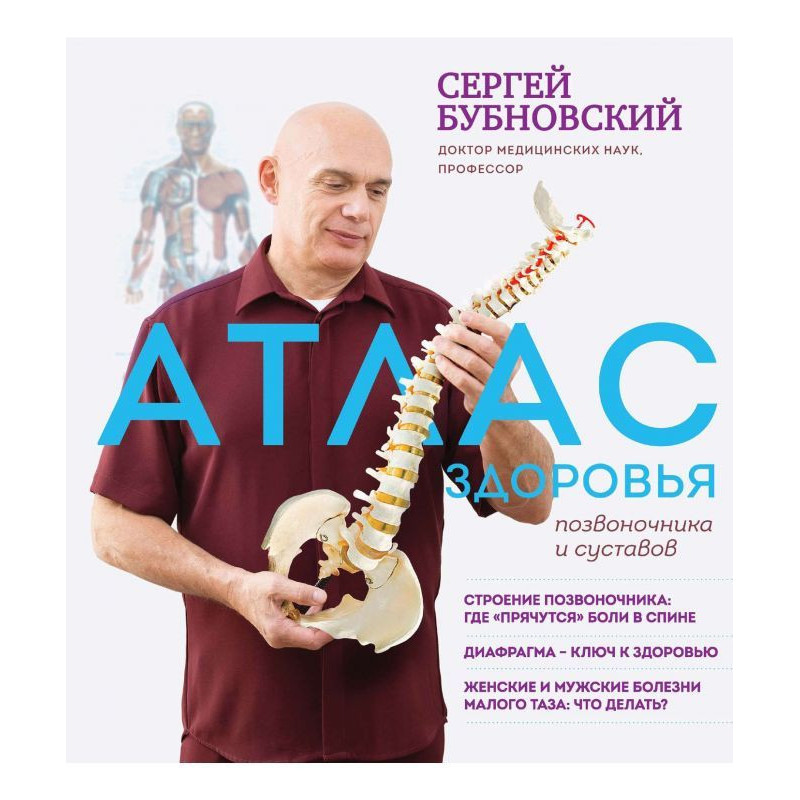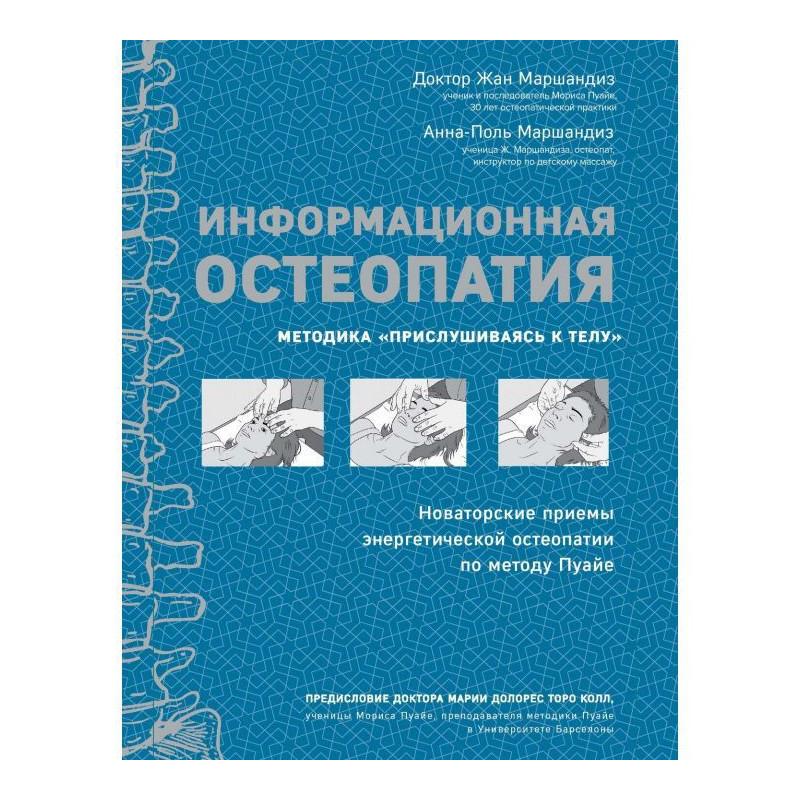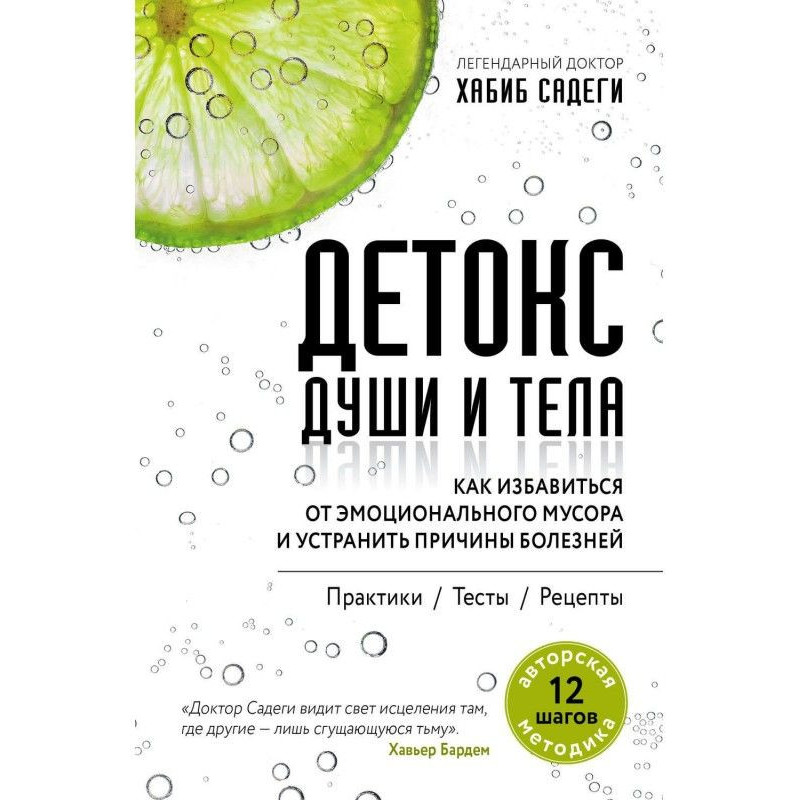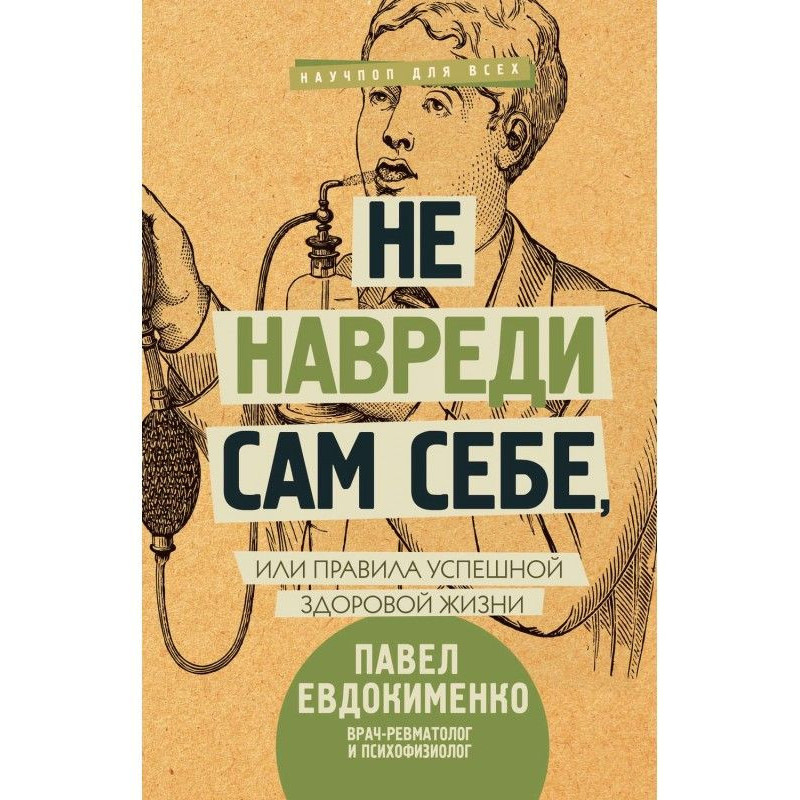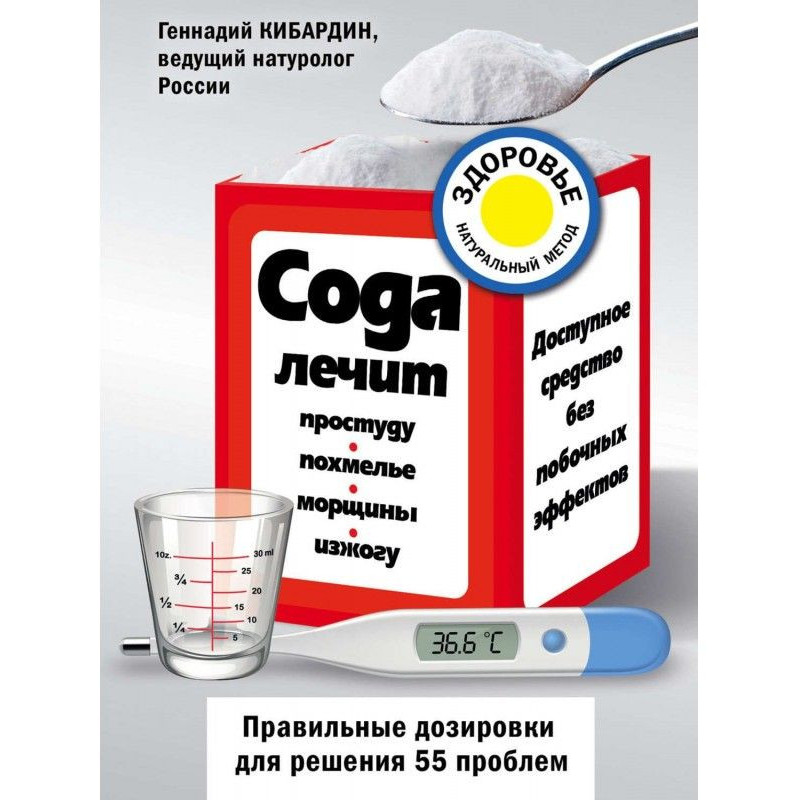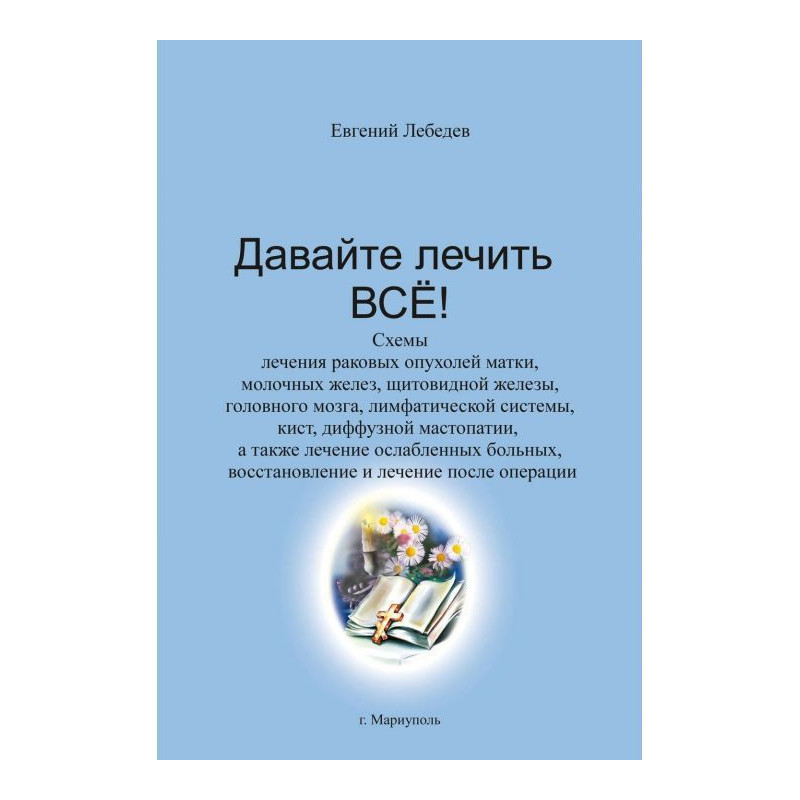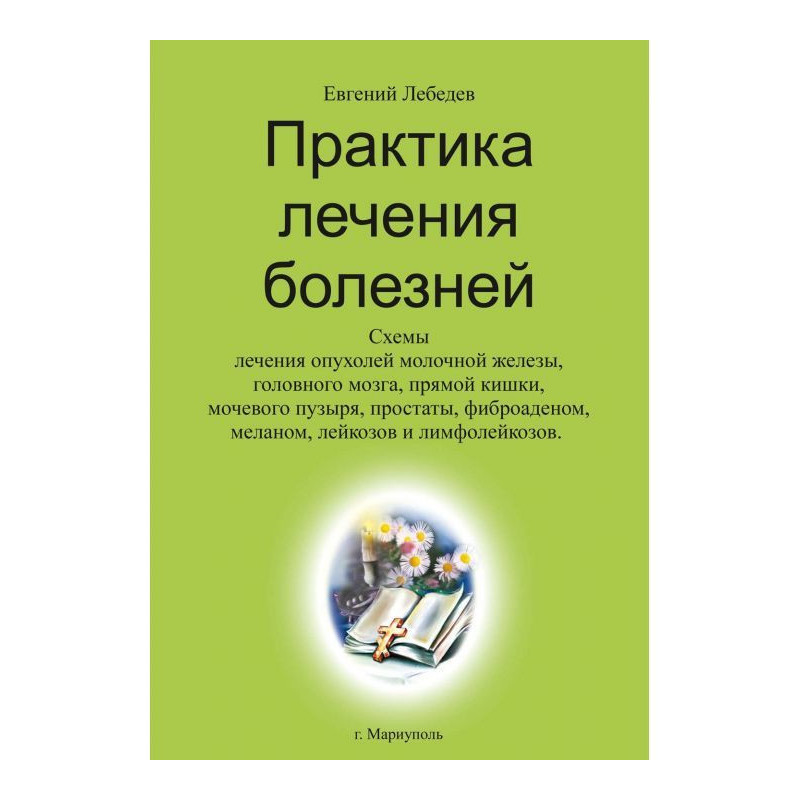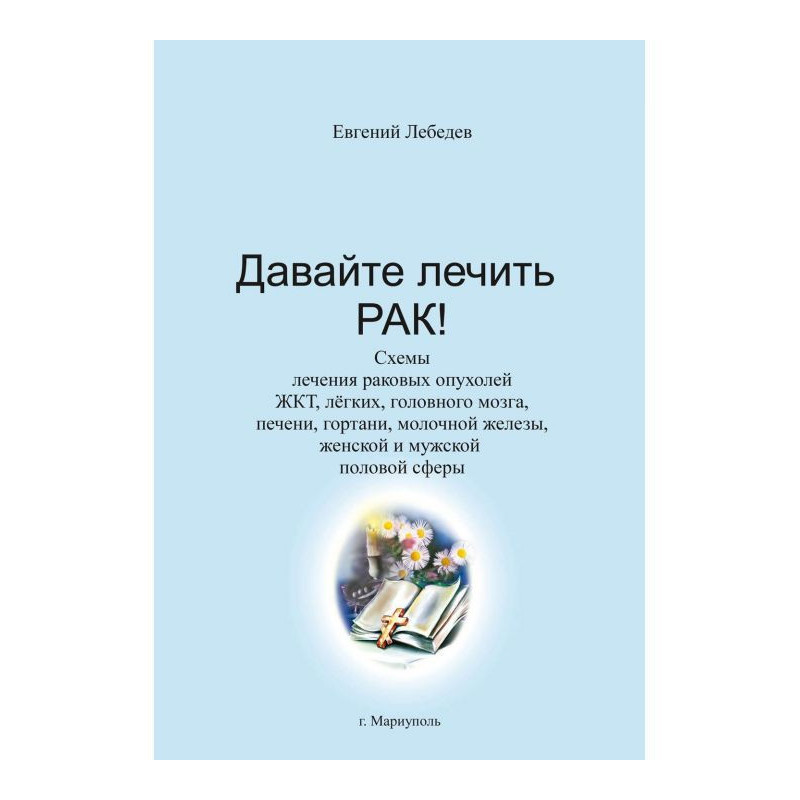Trick or Treatment
 Instant download
Instant download
after payment (24/7)
 Wide range of formats
Wide range of formats
(for all gadgets)
 Full book
Full book
(including for Apple and Android)
Noted science writer Singh and British professor of complementary medicine Ernst offer a reasoned examination of the research on acupuncture, homeopathy, chiropractic, herbal medicine and other alternative treatments. Singh (Fermat's Last Theorem) and Ernst work hard to be objective, but their conclusion is that these therapies are largely worthless. As they examine the research on various alternative therapies, the authors explore the principles of evidence-based medicine on which their conclusions are based, including clinical trials and the placebo effect; they also explore related ethical issues. The authors report that many patients will improve with any alternative remedy—but no more than those given a placebo. Exceptions exist; some herbal remedies (e.g., St. John's wort, echinacea) can be helpful though not always advisable, and chiropractors can relieve low back pain under certain circumstances. This is a stimulating and informative account that will be indispensable to anyone considering an alternative treatment, though it may not dissuade true believers.
‘Truth exists–only lies are invented.’ Georges Braque
‘There must be something to acupuncture–you never see any sick porcupines.’ Bob Goddard
‘Truth is tough. It will not break, like a bubble, at a touch; nay, you may kick it about all day, like a football, and it will be round and full at evening.’ Oliver Wendell Holmes, Sr
‘…at the heart of science is an essential balance between two seemingly contradictory attitudes–an openness to new ideas, no matter how bizarre or counterintuitive, and the most ruthlessly sceptical scrutiny of all ideas, old and new. This is how deep truths are winnowed from deep nonsense.’ Carl Sagan
‘The art of healing comes from nature and not from the physician. Therefore, the physician must start from nature with an open mind.’ Paracelsus (1493–1541)
‘It makes good sense to evaluate complementary and alternative therapies. For one thing, since an estimated £1.6 billion is spent each year on them, then we want value for our money.’His Royal Highness The Prince of Wales
A process of relearning correct postural balance and coordination of body movements.
Diagnostic methods not used in conventional medicine but employed by practitioners of alternative medicine.
Regimented plans of eating and drinking with health claims that are not in line with accepted knowledge.
Approaches that employ regular movements for improving health and wellbeing, and which are not normally used in conventional healthcare.
An increasing number of alternative gadgets are being promoted with promises of health benefits for those who buy them. These gadgets have little in common except that the theories behind them conflict with mainstream science.
A school of medicine developed by Rudolf Steiner based on imagination, inspiration and intuition. Anthroposophic medicine is influenced by mystical, alchemistic and homeopathic concepts and claims to relate to the spiritual nature of man.
The use of plant essences (‘essential oils’) for treating or preventing illnesses or enhancing wellbeing.
‘Ayurveda’ means knowledge (veda) of life (āyus). It is one of the ancient Indian systems of healthcare and involves bringing about balance between body and mind.
Highly diluted plant infusions intended to cure emotional imbalances which are thought to be the cause of all human illness.
The use of human or animal cells or cell extracts for medicinal purposes.
The infusion of chemical agents which bind to other chemicals into the bloodstream for the purpose of removing toxins and for treating diseases caused by arteriosclerosis.
Use of enemas for ‘cleansing the body’ sometimes herbs, enzymes or coffee are added to the water which is administered via the rectum.
The gentle manipulation of the skull and sacrum to facilitate unrestricted movement of the cerebrospinal fluid.
The use of crystals such as quartz or other gemstones, for the purpose of ‘energy healing’.
A treatment that emerged independently in several cultures. A stimulus is applied to certain points of the body surface by attaching cups that generate suction.
Detox or detoxification is the elimination of accumulated harmful substances from the body. In alternative medicine, an array of techniques is used for that purpose.
Thin, hollow structures of wax are inserted into the ear and subsequently ignited. This generates mild suction and is supposed to stimulate energy points.
A technique aimed at body and mind integration, based on the notion that correcting poor habits of movement will improve health.
The Chinese art of placing objects in accordance with the theory of yin and yang in order to optimize the flow of life energy, which, in turn, is thought to influence health and wellbeing.
Substances usually taken by mouth to increase the intake of vitamins, minerals, fats, amino‑acids or other natural substances in order to maintain or improve health, fitness or wellbeing.
The use of hypnosis, a trance‑like state, for therapeutic purposes.
The application of live leeches to the skin in order to treat a range of illnesses.
The use of magnetic fields from static magnets, which are usually worn on the body, to treat various conditions, most frequently pain.
The manipulation of the tissues close to the body surface (e.g. muscles and tendons) using pressure, traction and vibration.
A range of techniques that direct the subject’s attention to a symbol or sound or thought in order to achieve a higher state of consciousness.
An approach to healthcare that uses exclusively natural remedies and forces like water, heat or cold to promote self‑healing.
The diagnostic and therapeutic approach of using injections with local anaesthetics for the identification of health problems, treatment of diseases and alleviation of symptoms.
The use of substances in high and specific doses which are natural constituents of the human body for the prevention and treatment of a range of conditions, including serious diseases such as cancer.
A manual therapy involving a range of techniques, particularly mobilization of soft tissues, bones and joints. Osteopaths focus on the musculoskeletal system in treating health and disease.
The direct or indirect application of oxygen (O 2) or ozone (O 3) to the human body to treat a range of conditions, including serious diseases such as cancer.
A therapeutic technique applying manual pressure to the soles of the feet in order to treat or prevent illness.
A system of spiritual healing or ‘energy’ medicine which is similar to the laying on of hands.
A range of therapeutic techniques which are specifically aimed at eliciting a ‘relaxation response’ in order to generate positive health effects.
A type of forceful massage therapy developed in Japan, consisting of the application of pressure on acupuncture points, usually with the thumbs.
The interaction between a healer and a patient for the purpose of improving health.
An ancient healing system which employs various treatments to restore the balance of Ch’i, the vital energy that governs health.
Data sheet
- Name of the Author
- Edzard Ernst
Саймон Сингх - Language
- Ukrainian
- Release date
- 2008

